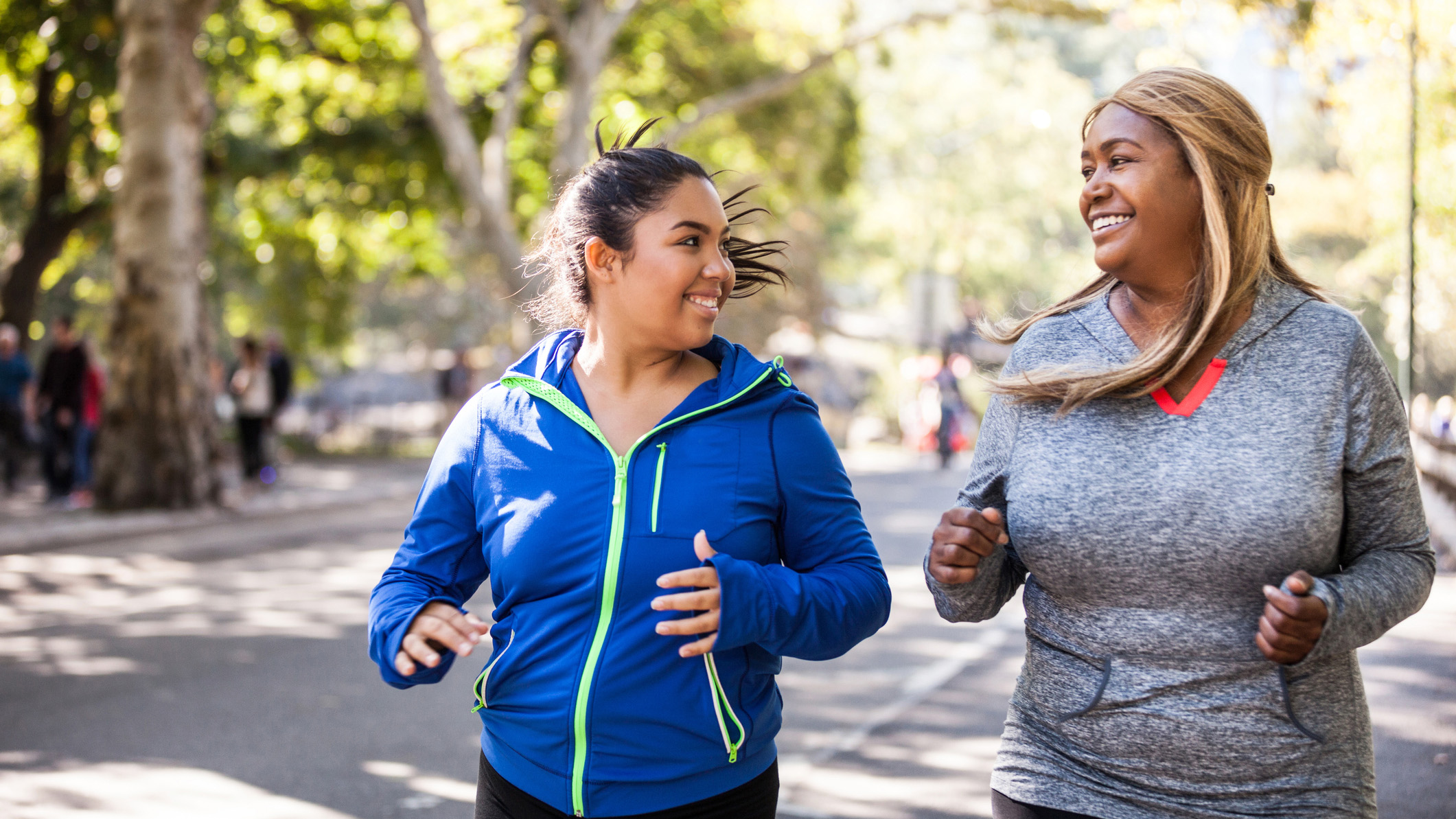

Runners like to run as fast as often as they can. It makes sense; if you run faster, you cover more distance at the same time as others who run slower, which will make you look good among your peers and help you feel better about your training. However, those who want to get better at running should consider slowing down—a lot.
Admittedly, there is a psychological benefit to running fast. Often, easy runs on Sundays can end up being a trial run for your next half marathon, putting a lot of stress on your body and having the complete opposite effect on your cardiovascular system than intended. However, it makes it easier to justify those post-run muffins, beer and other treats.
"Easy runs should be easier than many runners run at, often due to runners wanting to get 'bang for their buck' with training time," says Simon James, founder of Run the Wild, "They should allow the body to recover enough to allow the hard runs to be run hard." Not something you can achieve if you're going at full speed at every session you might have!
Slow training isn't new science, either. Research from almost 15 years ago suggests that "combining large volumes of low-intensity training with careful use of high-intensity interval training throughout the annual training cycle is the best-practice model for the development of endurance performance."
How slow should you go to enjoy the benefits of slow training? What's the right mix of slow and fast training? Let's find out.
What are heart rate zones and how to use them
Slow for one person might not be slow for another, so it's hard – if not impossible – to determine a slow pace for everyone in the world. The best metric to define what slow training is would be heart rate zones.
You can segment your heart rate from resting to maximum in any number of zones, but most running watches, including Garmin watches, use a 5-zone system, which includes Warm-up (Zone 1), Easy (Zone 2), Aerobic (Zone 3), Threshold (Zone 4) and Maximum (Zone 5).
Get all the latest news, reviews, deals and buying guides on gorgeous tech, home and active products from the T3 experts
When we talk about slow training, we mean Zone 2. It's a comfortable pace with slightly deeper breathing than if you walked, allowing you to have a conversation with your running partner. "When I'm coaching, I tell my runners that they should be able to have a conversation while training," says Sabrina Pace-Humphreys, running coach and ultrarunner, "It might be a little ‘breathy’, but they can hold it."

Zone 2 training
"Training your body to maintain a Zone 2 state in order to go for longer distances in sports like running, cycling, or swimming is a key training goal," explains Pace-Humphreys, "It's about endurance and experiencing a comfortable training state, pace and energy expenditure that feels like you could do it for a LONG time."
"Low HR (heart rate) training can be very beneficial for runners coming back from injury or from an absence from running to reduce the risk of overtraining and injuries," adds Simon James.
And since it's a zone, not a specific heart rate, you can mix up Zone 2 training by incorporating relatively faster sessions at the maximum end of the zone with slower, almost brisk walking days. "Even adding a walk with some inclines or a power hike will achieve it," Pace-Humphreys chimes in.
It's important to stress that what Zone 2 means to you could differ from someone who runs or cycles hundreds of miles a week. This makes Zone 2 training more accessible – it can be scaled up (or down) depending on your fitness level. Plus, doing more slow training can help improve endurance. "For most people, there are no downsides to Zone 2 training," says Pace-Humphreys.
How does Zone 2 training help enhance performance? Among other things, it improves stamina, which, according to Asics, boosts your body's transfer of oxygen from the lungs into the bloodstream more efficiently (a.k.a. higher VO2 max), increases the amount of blood being carried to the muscles every minute, enhances your body's ability to flush out the by-products of exercise, such as lactic acid, and more.
Pace-Humphreys suggests that, depending on your activity, you may see benefits from integrating other forms of training that are more challenging and give you the desired training effect. "For most of us, the goal is 80/20 split – 80% easy and 20% spicy."

The 80/20 split
This 80/20 split is what you want to strive for, and what it means is that 80% of your workouts should be in Zone 2, while the rest in higher heart rate zones, doing targeted exercises, such as interval training or tempo runs. This allows your body plenty of time to recover, which, in turn, helps you push yourself hard on hard sessions.
"The easy runs should indeed be easy, while the '20' should be at a significantly more uncomfortable level," says Simon James, "The easy runs should allow the body to recover enough to allow the hard runs to be run hard."
It's worth reiterating that 'easy' and 'hard' are subjective metrics. Runners might have noticed that most performance wearables these days ask for a 'perceived extortion rate' after workouts. Although it might not look like you had a strenuous session based on the stats, you could have felt terrible doing it, nevertheless.
"HR is a very individual metric, influenced by a lot of factors other than just fitness, such as age, gender and genetics, and external factors such as diet, medication, and mental stressors," warns Simon James, "Outright HR levels may be less relevant than relative zones."
Even if you're not getting ready for your next marathon, it's worth trying slow training, as it can help you build better aerobic foundations. And should you ever decide to push yourself harder on a race or elsewhere, you can rest assured your muscles and cardiovascular system will be ready.


Matt Kollat is a journalist and content creator who works for T3.com and its magazine counterpart as an Active Editor. His areas of expertise include wearables, drones, fitness equipment, nutrition and outdoor gear. He joined T3 in 2019. His byline appears in several publications, including Techradar and Fit&Well, and more. Matt also collaborated with other content creators (e.g. Garage Gym Reviews) and judged many awards, such as the European Specialist Sports Nutrition Alliance's ESSNawards. When he isn't working out, running or cycling, you'll find him roaming the countryside and trying out new podcasting and content creation equipment.
-
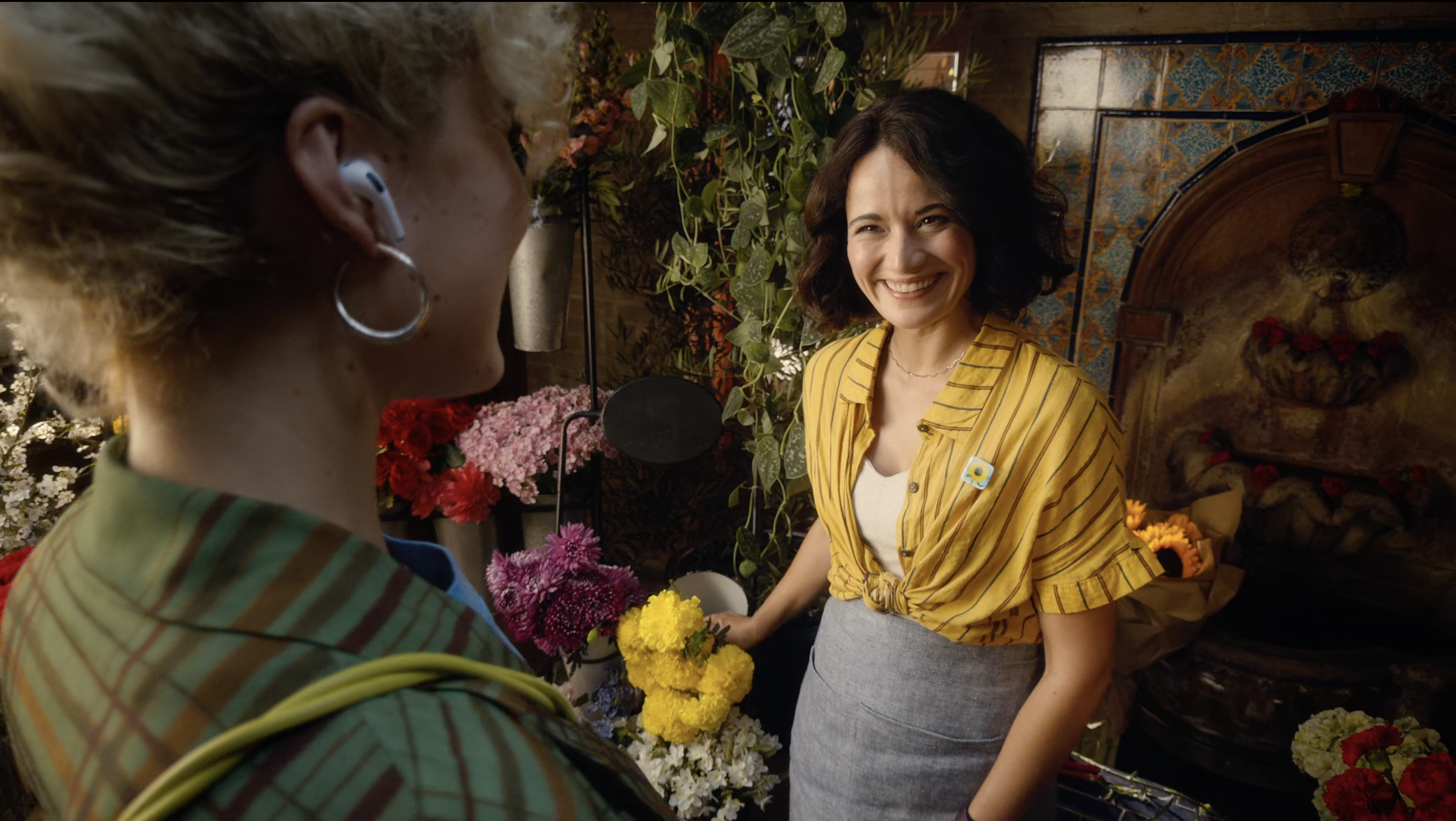 Live Translation in AirPods just made travelling anywhere so much simpler
Live Translation in AirPods just made travelling anywhere so much simplerApple's Ron Huang and Areeba Kamal explain how live translation has given the AirPods superpowers
-
 Using an Android phone in a moving vehicle could soon be much easier
Using an Android phone in a moving vehicle could soon be much easierThis is a game-changing feature for those who suffer with motion sickness
-
 Your best fitness years might come later than you think
Your best fitness years might come later than you thinkWhy consistency, not peak performance, now defines modern fitness
-
 A surprise Garmin update fixes more than anyone expected – and a mystery omission
A surprise Garmin update fixes more than anyone expected – and a mystery omissionA new software release brings improvements to high-end models, though not every watch is invited to the update party
-
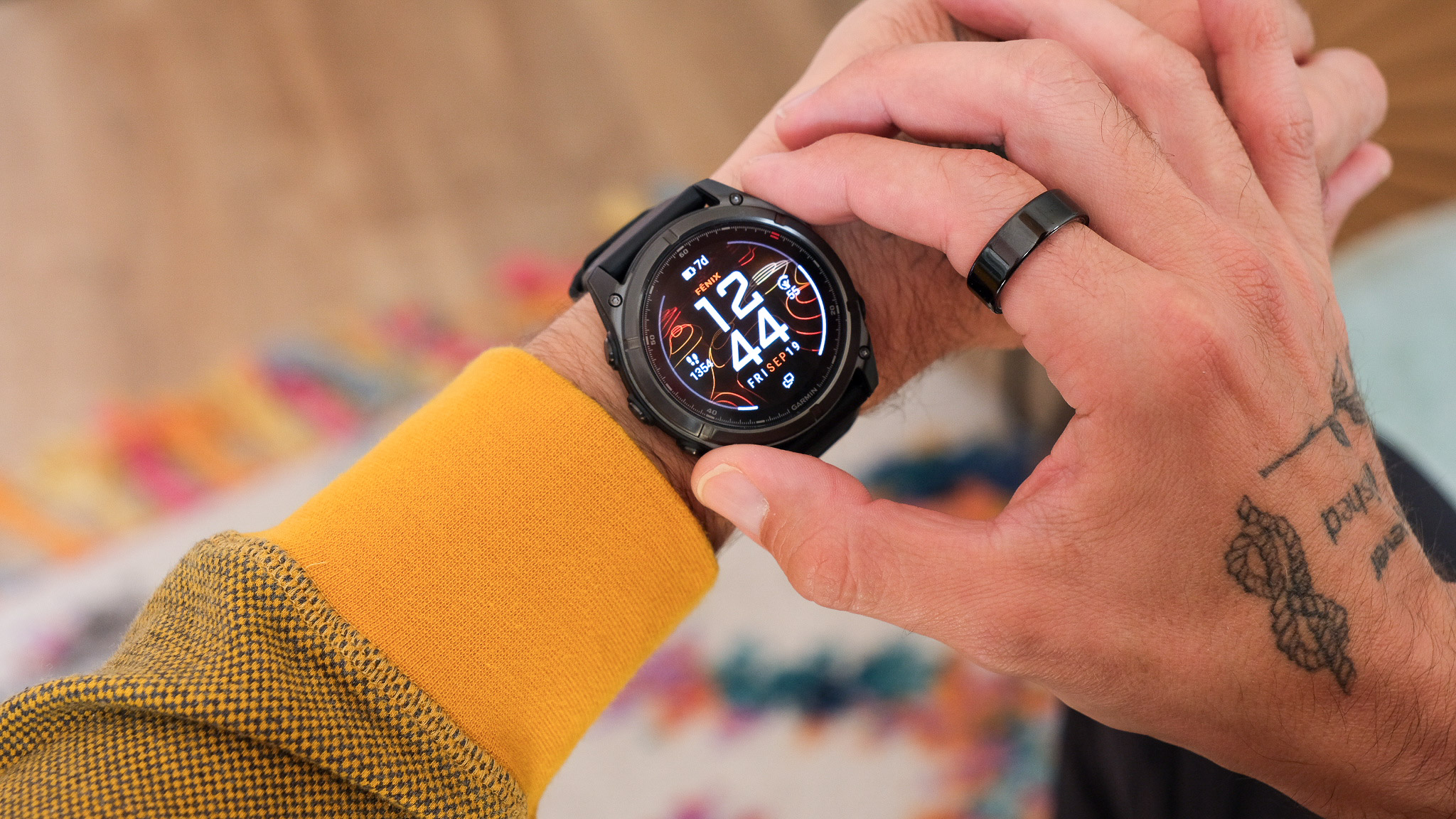 Garmin’s next era starts in 2026 and the clues are hiding in plain sight
Garmin’s next era starts in 2026 and the clues are hiding in plain sightAfter pushing boundaries with MicroLED watches and a wave of new launches, Garmin now needs to deal with its AI questions, app drama and shifting user expectations
-
 Peloton Cross Training Bike+ review: the best exercise bike for those who can afford it
Peloton Cross Training Bike+ review: the best exercise bike for those who can afford itHome fitness doesn’t get any better than this, but is it a worthy upgrade for existing Peloton users?
-
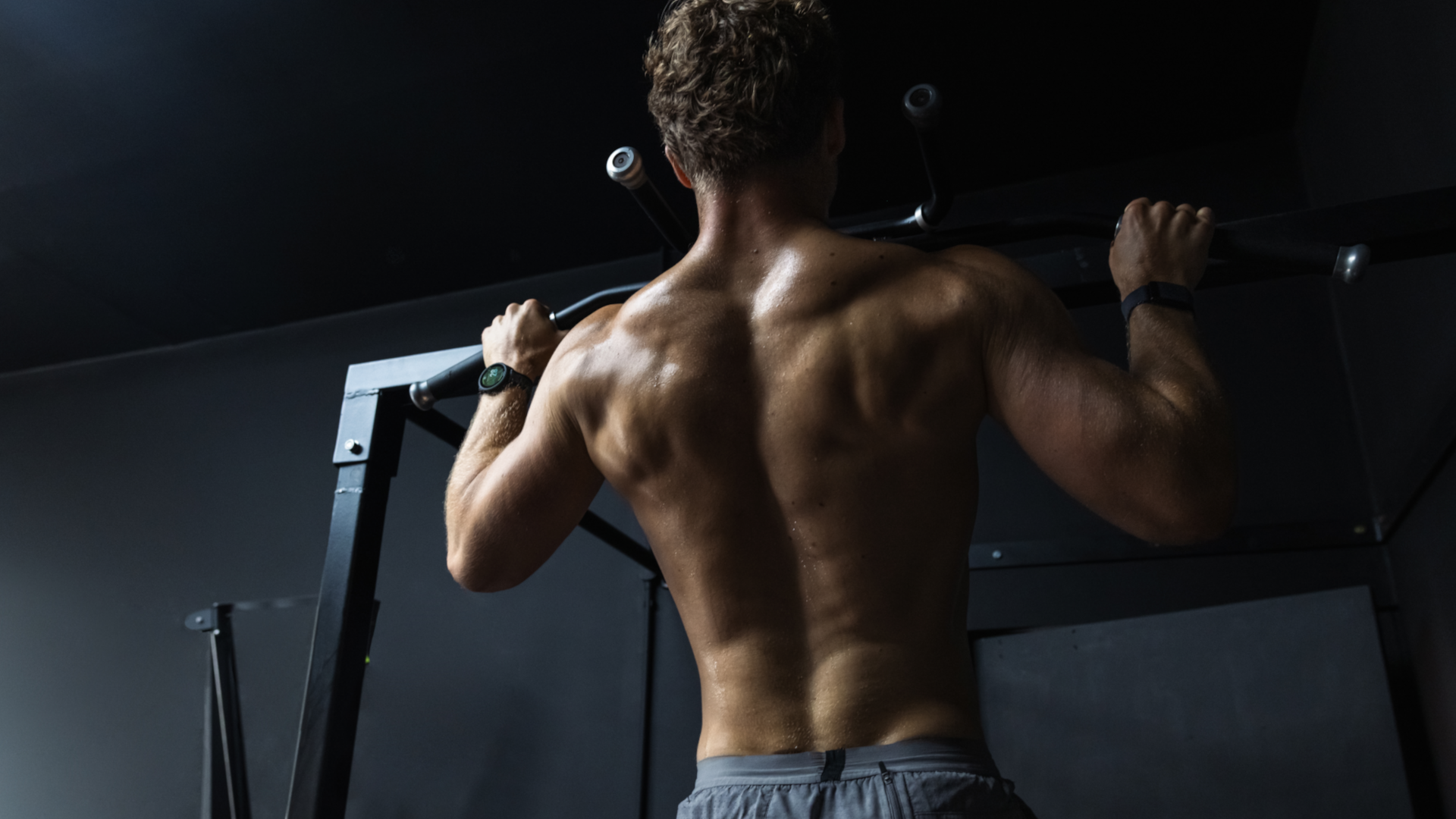 4 exercises a sports scientist swears by to build a bigger back
4 exercises a sports scientist swears by to build a bigger backAnd you can do them all at home
-
 Bat wing rows: the underrated exercise for adding strength to your upper back and rear delts
Bat wing rows: the underrated exercise for adding strength to your upper back and rear deltsImprove your posture, pressing and pulling movements with this simple exercise
-
 Topo Athletic MTN Racer 4 review: My pick for 2025’s best everyday trail-running shoe
Topo Athletic MTN Racer 4 review: My pick for 2025’s best everyday trail-running shoeIt might not be pretty, but the Topo Athletic MTN Racer 4 is my perfect everyday running shoe
-
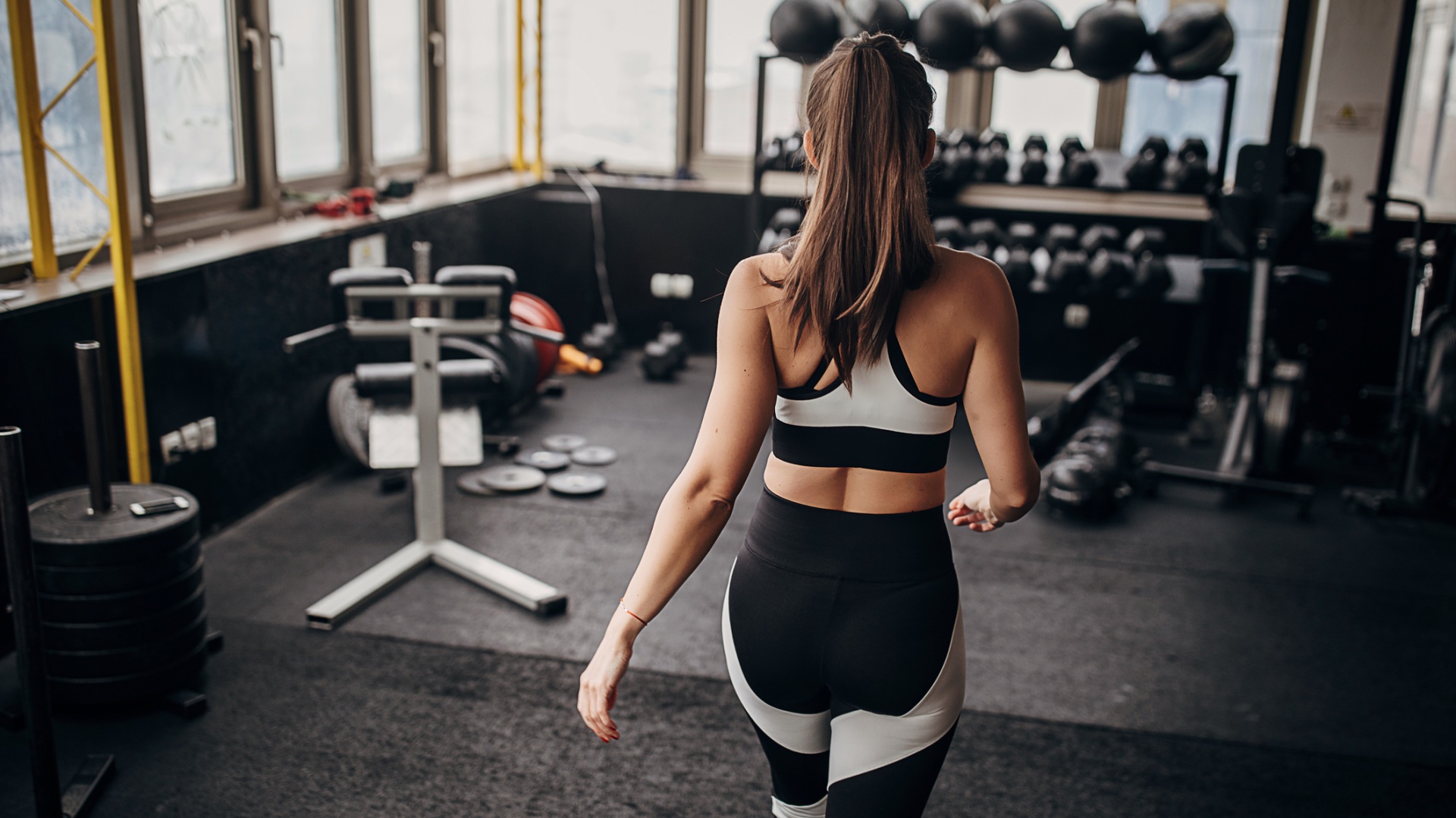 Garmin and Strava finally agree on something – 2026 will be the year fitness changes direction
Garmin and Strava finally agree on something – 2026 will be the year fitness changes directionTwo giant fitness datasets paint a clearer picture of where movement, motivation and wearable tech are heading in 2026